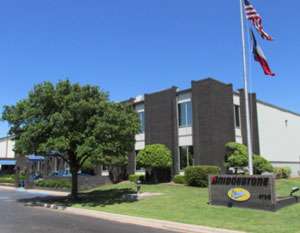Bridgestone Americas (Bridgestone) is pumping an investment of $60 million to expand its Bridgestone Bandag manufacturing plant in Abilene, Texas. The 50,000-sq-ft expansion of the Abilene plant is aimed at the growing demand for the company’s tread rubber products, driven by the rapid growth of its retread business. The expansion includes an immediate increase in operational activity by running on six and seven-day production schedules, as well as the construction of new mixing operations at the facility, expected to be completed and in operation by January 2025. The investment in the facility and the additional days of operations increase the plant’s output by 16%.
Bandag is an industry leading supplier of retread tyres for fleets that not only provide fleets an economic benefit, but also are an environmentally responsible way to extend the life of tyres in any fleet. Operating since 1957, Bandag says it has been responsible for keeping approximately 300 million tyres out of the waste system, which helps reduce material emissions, water and energy use associated with the production of a new tyre. The Bandag retreading process has also saved 4 billion gallons of oil since it began 50 years ago.
Celebrating 50 years of operations in 2021, the Bandag retread plant in Abilene continues to be a steady fixture in production of high-quality pre-cured truck tread, rubber cement and solvent packaging. Bridgestone’s investment will build upon the plant’s existing 200,000 sq-ft blueprint and provide capacity needed for future production.
“We celebrate the growth and commitment of this plant and this community, with new investment and a physical expansion driven by growing demand for our products and, just as fundamentally, by this team’s commitment to delivering innovation and superior quality for our customers here and around the world,” said Barry Owens, senior vice president, Bridgestone Americas Manufacturing Group. “Our company and our Abilene team have a vital role to play in the transformation of mobility brought forth by a desire of building greener retreads, while helping maximise fuel efficiency for fleets.”

